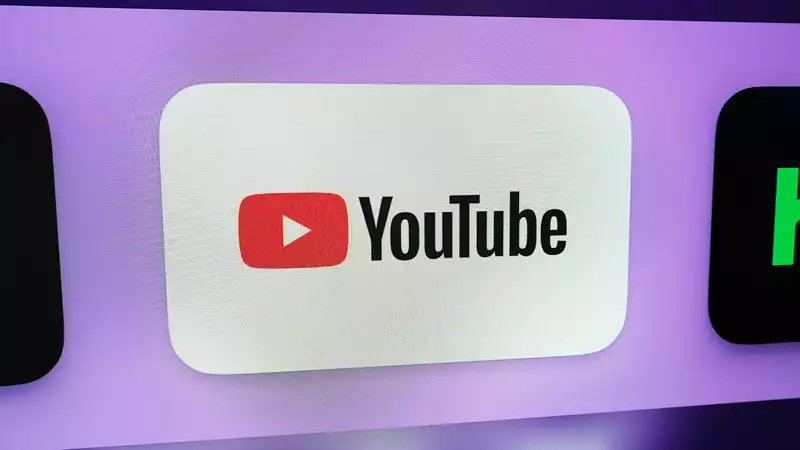Those who regularly watch YouTube on their TVs should prepare for a poor experience, as the video-sharing platform has confirmed that 30-second unskippable ads will now appear in the Smart TV app.
The 30-second non-skippable ads, announced at the recent YouTube Brandcast event, will replace the current standard of two 15-second ads (often skippable) in some top-performing content. This does not mean, however, that shorter ads will be removed entirely. Some videos and content that is not considered high performance will continue to display ads.
Non-skippable 30-second ads are not new to YouTube, but they were largely discontinued in 2018. However, they will make a comeback and will be available to advertisers through YouTube Select, a platform that sells ad space on some of the site's most popular content.
The move appears to be part of YouTube's effort to generate more ad revenue from users watching videos on TV.
During the Brandcast presentation, CEO Neil Mohan noted that "more and more viewers are watching YouTube on the biggest screen in their homes," and that younger viewers are generally more comfortable with YouTube content and with the best streaming services available. and that younger viewers generally do not distinguish between YouTube content and the traditional TV shows and movies available on the best streaming services.
YouTube has also outlined plans to introduce a new form of advertising that will appear when videos are paused; Adweek has published an example image showing an ad banner surrounding a paused Hot Ones video. At least this ad can be turned off by clicking the "dismiss" button; YouTube calls this the "pause experience," which is a bit annoying, but not too intrusive for online advertising.
The only way to avoid these new forms of advertising seems to be to sign up for YouTube Premium. In addition to ad-free viewing, YouTube Premium offers the ability to download videos for offline viewing, higher resolution for some content, and access to YouTube Music Premium access to YouTube Music Premium.
These changes to the way YouTube displays ads on TV come after attempts to crack down on ad-blocking software currently being tested in some markets. YouTube clearly wants to maximize ad revenues and increase the number of users who sign up for YouTube Premium. While these changes do not necessarily benefit users, at least the platform's highly obtrusive overlay ads were removed earlier this year.










Comments